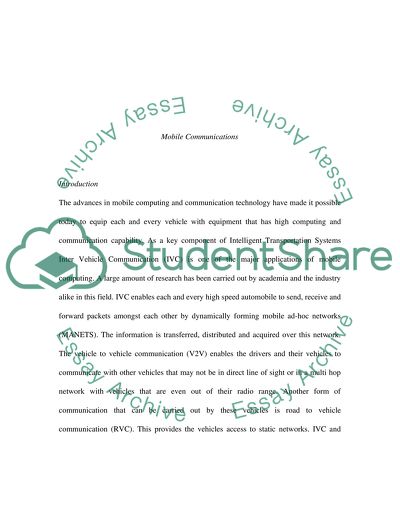Cite this document
(“Mobile Computing Essay Example | Topics and Well Written Essays - 2500 words”, n.d.)
Retrieved from https://studentshare.org/technology/1529027-mobile-computing
Retrieved from https://studentshare.org/technology/1529027-mobile-computing
(Mobile Computing Essay Example | Topics and Well Written Essays - 2500 Words)
https://studentshare.org/technology/1529027-mobile-computing.
https://studentshare.org/technology/1529027-mobile-computing.
“Mobile Computing Essay Example | Topics and Well Written Essays - 2500 Words”, n.d. https://studentshare.org/technology/1529027-mobile-computing.


